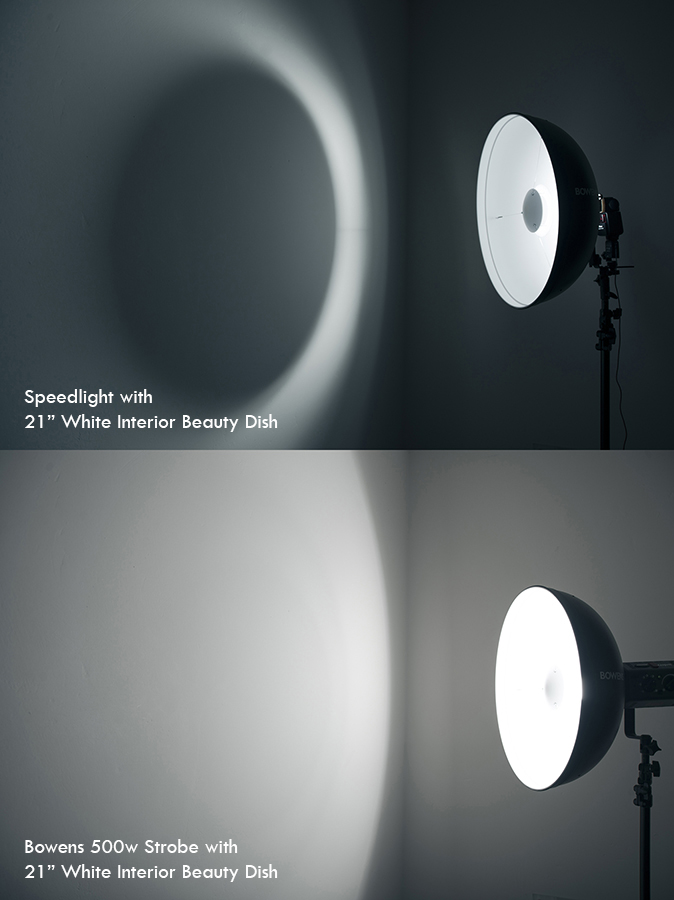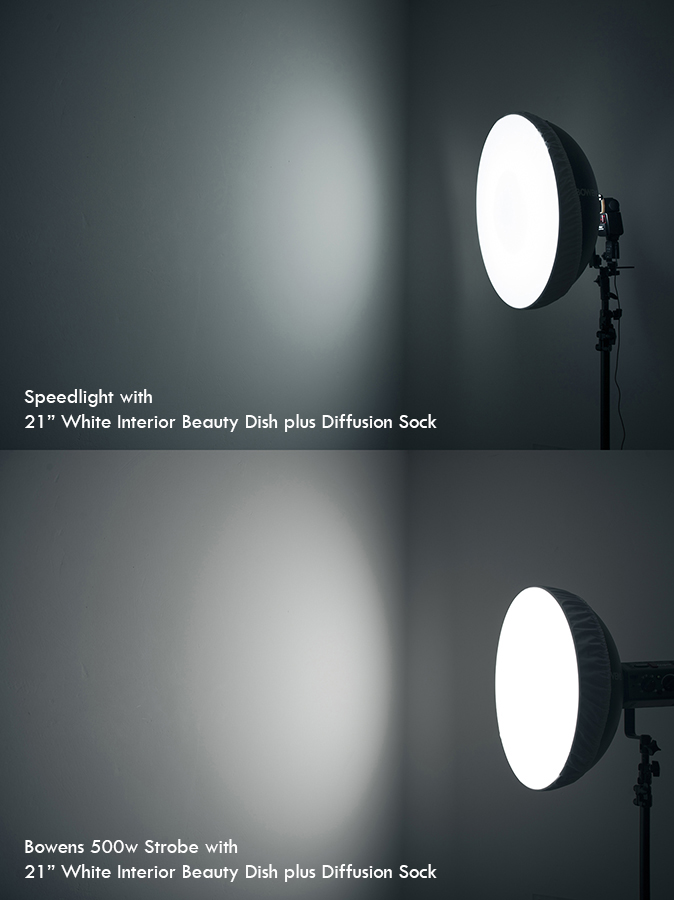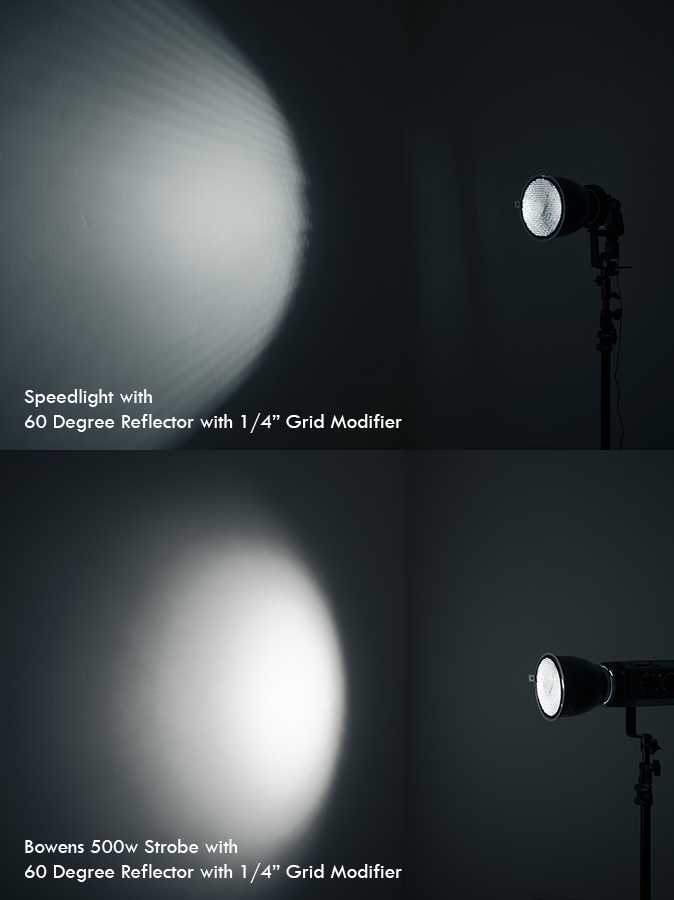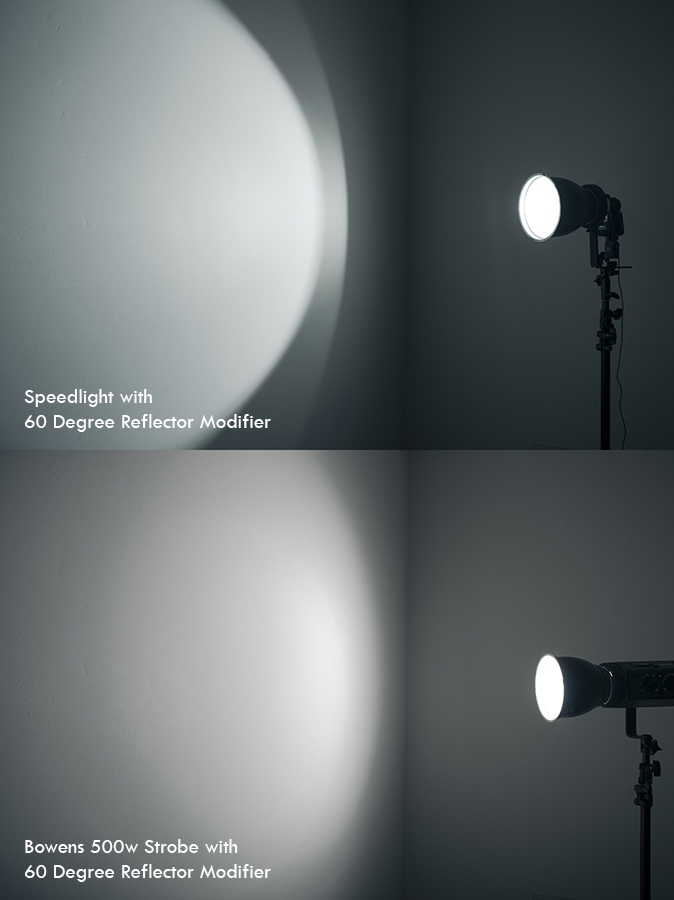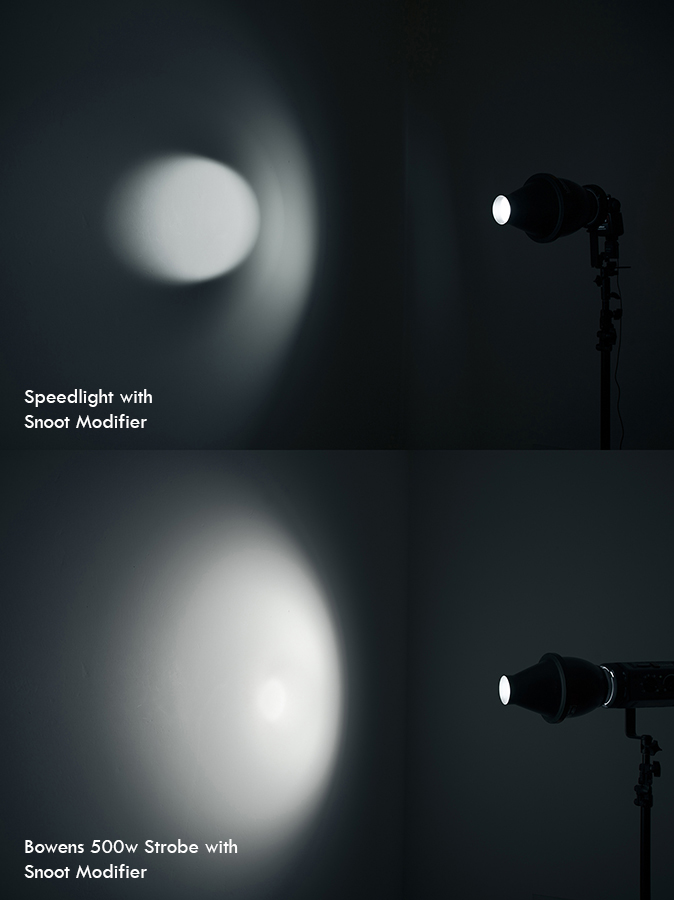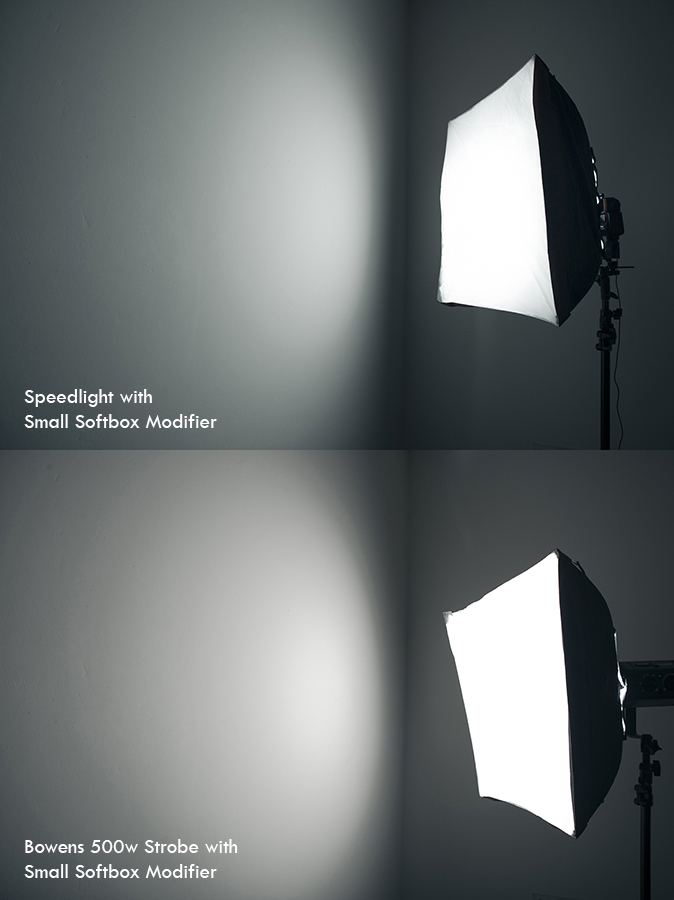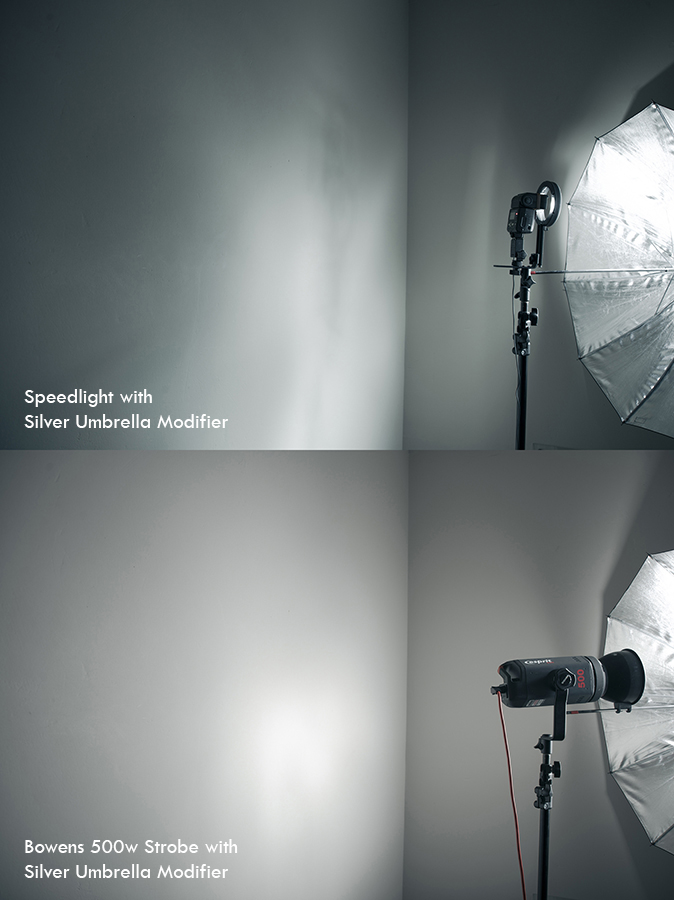Horst: Photographer of Style Exhibition in London's V&A museum.
As the title suggests this article is a look at famous photographer Horst's V&A exhibition from a photographers point of view. The V&A museum in London is famous for it's vast fashion collections over the years so there are many great reviews of Horst's exhibition out there with this fashion and art history view in mind.
These reviews are exceptional in their own right but I wanted to dig a little deeper for the photographer who might want to see and know more about the exhibition and purely focus on looking at it from a photographic point of view.
Horst enjoying the obligatory cigarette at work in his studio.
Image: Roy Steven/Time & Life Pictures
The History of Horst (1906-99)
Horst was born in Germany in 1906 and originally studied design and architecture but took his first photographs for Vogue in Paris in 1931 and shot some of his last work for them some 60 years after that in Manhattan New York. Over that period Horst amassed over 90 Vogue front covers, something that I very much doubt will ever be matched or beaten again. It could well be argued that Horst actually is the history of fashion photography with his work being among the first to be published when magazines were making the transition from illustration to photographs all the way up to nearly the present day. In fact it wasn't until 1992 that Horst finally had to put down his camera due to failing eyesight. During that vast career Horst had photographed the great models of the time including Coco Chanel and Schiaparelli in the early 1930's, collaborated with Salvador Dali later on that decade and then went on to photograph the great actors and actresses of Hollywood in the 1940's like Marlene Dietrich. After this Horst went on to explore other photographic avenues with extensive travel photography and abstract nature photography before photographing the homes and gardens of the rich and famous.
It's clear to all that Horst was a serious influence on the fashion of the time and still continues to influence it now but I want to take a look behind the fashion and the Chanel's and Dali's and look at his photographic process.
Helen Bennett by Horst 1935. Horst had a fascination of playing with light and this sort of experimentation in his early career was key to his later style.
Horst and Developing a Photographic Style
Although I am certainly no famous fashion photographer myself I do pride myself on constructing an image around the human form and the fashion that adorns it. As such I did find this extensive retrospective of Horst's photography incredibly interesting but that it not to say that it excludes photographers from other genres. Horst's photographic journey and process is by no means unique and I'm sure those of us that have been shooting for a while may well see similarities with our own personal trial and error lighting styles with Horst's own exploration of light.
The exhibition starts very early on in Horst's career but even still there are only one or two shots of his extremely first works. Whether by choice or by the sheer fact that no actual photographs remain from this period the work shown is surprising. I say this because it is not typical Horst, the lighting is very clean, soft and has little in the way of shadows. In fact the lighting is technically excellent even then but the images certainly have no soul or personality and it was only after this and after he started working for Vogue in the 30's that he developed his individual photographic style.
Coco Chanel photographed by Horst in 1937. Clearly this was during his 'darker' style and during the same year Vogue lectured him on not having enough light in his shots.
During those formative years Vogue's publisher Conde Montrose Nast invested large sums of money into improving the quality of image reproduction so he insisted that Vogue photographers work on large format 10x8 glass plate cameras. It was during this time that Horst got to grips with this technique and remember we are referring to the 1930's where only hot lights were used, no light meter and no Polaroids existed. Poses often had to be held for several seconds and even then Horst was famously known for taking up to two days to set up his lights for a single shot. Photography back then was as much a skill as it was a science as it was an art form, and every single image was meticulously pre-visulaised.
In the exhibition we see Horst's sketch books and his drawings of how he wants the shots to look beforehand, this is a rare insight into the process a photographer would have to go through before even taking the shot. As well as sketches the exhibition also showcases some of Horst's contact sheets (single prints that show every single frame taken on a complete roll in a 1 to 1 scale), these are particularly interesting as it shows his workflow of adjusting the set, props and and the poses throughout a shoot. Remember he is not able to review each shot as he's taking them so these adjustments are the result of an organic process without prejudice from the previous frame.
In the centre of one of the exhibition rooms there stands a case of about 10 prints from the 1930's of a single model. The model states that Horst discovered her and made her the model she later became and the images displayed here in this case are the first shots they took together. This series of shots is what we would probably refer to today as a 'test' or collaboration and each of the shots are dated. Each shot has a different date, some are in a run of consecutive days but the models portfolio of shots clearly took several weeks to compile. This was a time when each and every shot was meticulously crafted to match not only the set and the lighting but the model and fashion as well.
Earlier I mentioned that Horst really started to develop his style in the 1930's at Vogue and this is the time when you could really see him playing and experimenting with the lights. I will be honest and say that some of the lighting is a little odd during this period and I think to begin with he may have focused too heavily on lighting the gowns and left some slightly odd lighting on the models faces but after a while he soon took great pride in very dramatic lighting and often plunging the scene into heavy shadow to really exaggerate the contrast and drama in a shot. In fact this drama became so apparent in his work that chief editor of Vogue in 1937 drafted a memo:
Horst's style a the time was certainly dramatic but it wasn't making him any friends at the Vogue office as Chief Editor at the time lectured him on the 'lack of light in his photography'.
"I have been lecturing Horst about the lack of light in his photography. We have simply got to overcome this desire on the part of our photographers to shroud everything in deepest mystery".
I think every great photographer has come up against this backlash when you try to initiate anything different but it is usually a sure sign that you are going in the right direction.
Horst further refined his style and its clear to see his background in sculpture taking an influence. Greek statues were always designed and created under direct sunlight and the poses and forms were always born with this in mind. Although Horst took influence in painstakingly trying to make his models skin look like marble with his lighting he found that the usual direct overhead light was too strong and accentuated lines and wrinkles. As a result you see him play with the light in a way to reduce this and end up with some very dramatic imagery especially at the time but that he is still famous for now .
Many of Horst's images would undergo extensive retouching. Here we can see the notes for the retoucher to go over. From accentuating eyelashes, adding makeup and lightening lines and wrinkles everything was made perfect before it made it to the pages of Vogue.
Image: Conde Nast/Horst Estate
Correlations to then and now in the Photographic Industry
The exhibition also held a few surprises to me that perhaps only a photographer would find interesting. Sure there are some of his original cameras there like the big 10x8 and his old Rolleiflex medium format camera but there were also some behind the scenes videos and most intriguingly several before and after retouching photographs. I was aware that retouching in some form or another had been going on since photography began, even I had to get the mini paint brushes and dyes out on a few prints back in the day to remove dust but I was still surprised at the 'cosmetic' retouching undertaken in Vogue in the 1930's. In fact even before the shot had been taken models were apparently physically cutting their boobs and hips to gain the 'perfect' shape but once the shot had been taken dramatic amounts of retouching was then applied as well.
This is one of Horst's most famous images, the Mainbocher Corset shot 1939. On the left we have the original and on the right we have the retouched version. In the exhibition we can clearly see more detail and notes on the process but the work was so well done that even upon closer inspection you couldn't tell without seeing a side by side comparison.
Image: Horst
There wasn't a huge amount of detail on the process but as far as I could tell actual paint was applied to the prints before finally being ready for publication. Simone Eyrard the skilful retoucher of the Paris studio would do the the usual removal of wires and cables, marks on the floor and even an entire light stand apparently but there were also detailed retouching notes on what we would refer to now as 'liquifying'. This was done on everything from toes to hips, arms and anything that wasn't inline with the idealised vision of beauty at the time. It just goes to show that retouching is fast approaching its 100th birthday and is hardly a new phenomenon in the fashion and beauty industry.
Lastly I'd just to highlight another 'new' issue that we feel we are under threat by as photographers that has in actuality been going on for longer that we'd like to imagine. This issue is what I refer to as the 'throw away image' the incessant tidal wave of photographs from an Instagram generation that we are subjected to each and every day. In fact we aren't the only people to have felt this way when a Swedish fashion model spoke about Horst's work and was quoted as saying:
"I feel such soothing blessings by your beautiful work - even more so today when we live in a sea of flickering snapshots, bombarded from everywhere"
Lisa Fonssagrives 1976
I very much doubt Ms Fonssagrives would be very impressed about the 350 million photos uploaded to Facebook alone each and every day.
Horst in colour. In this room the V&A showcase all of Horst's Vogue covers plus some his huge full colour prints from the time.
Parts of the Horst Exhibition I Haven't Covered
As I mentioned at the start the point of this article was to look at the Horst Exhibition through a photographers eye but all I have really spoken about is his early career which spanned his first years at Vogue where he really adapted and grew his style. What I haven't touched on is his phenomenal colour work and the fantastic collection of massive colour prints that really have to be seen to be believed. Remember lots of these prints are from 10x8 plates so the quality is still unheard of even today with the most modern digital cameras (a theoretical 10x8 sensor could conceivably produce a 500 megapixel image, even if the lens would fail you long before that). They also have all of Horst's Vogue front covers on display and many other rooms of prints of nudes, interiors and abstract nature shots, in fact the exhibition holds an impressive 270 of his images so its certainly well worth a visit in my opinion.
The Horst: Photographer of Style Exhibition is running from the 6th September to 14th January 2015 at the V&A museum in London. Tickets cost us £14 on the door and it took us around 2 hours to see everything at leisure.
If you've already been or plan to go feel free to let me know your thoughts and ideas on Horst's work.























